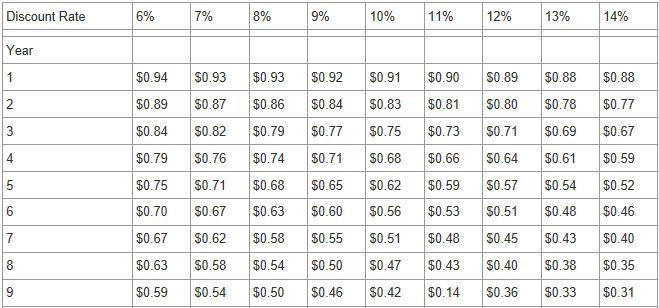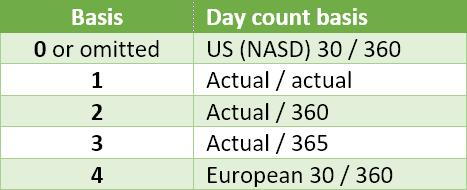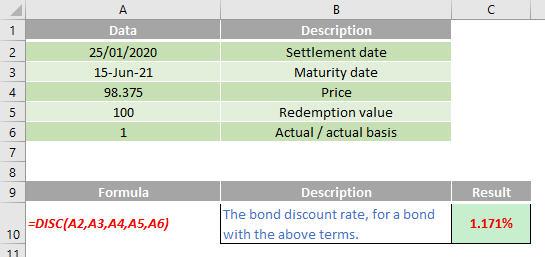A to Z of Excel Functions: The DISC Function
13 August 2018
Welcome back to our regular A to Z of Excel Functions blog. Today we look at the DISC function.
The DISC function
The discount rate is the interest rate charged on loans and also refers to the interest rate used in discounted cash flow analysis to determine the present value of future cash flows. This function returns the discount rate for a security.

The DISC function employs the following syntax to operate:
DISC(settlement, maturity, pr, redemption, [basis])
The DISC function has the following arguments:
- settlement: this is required and represents the security's settlement date. The security settlement date is the date after the issue date when the security is traded to the buyer
- maturity: this is also required. This is the security's maturity date. The maturity date is the date when the security expires
- pr: again required. This denotes the security's price per $100 face value
- redemption: required. This is the security's redemption value per $100 face value
- basis: this argument is optional. This is the type of day count basis to use.

It should be further noted that:
- Microsoft Excel stores dates as sequential serial numbers so they can be used in calculations. By default, January 1, 1900 is serial number 1, and January 1, 2008 is serial number 39448 because it is 39,448 days after January 1, 1900
- the settlement date is the date a buyer purchases a coupon, such as a bond. The maturity date is the date when a coupon expires. For example, suppose a 30-year bond is issued on January 1, 2008, and is purchased by a buyer six months later. The issue date would be January 1, 2008, the settlement date would be July 1, 2008, and the maturity date would be January 1, 2038, 30 years after the January 1, 2008, issue date
- settlement, maturity and basis are truncated to integers
- if settlement or maturity is not a valid serial date number, DISC returns the #VALUE! error value
- if pr ≤ 0 or if redemption ≤ 0, DISC returns the #NUM! error value
- if basis < 0 or if basis > 4, DISC returns the #NUM! error value
- if settlement ≥ maturity, DISC returns the #NUM! error value
- DISC is calculated as follows:

where:
- B = number of days in a year, depending on the year basis
- DSM = number of days between settlement and maturity.
Please see my example below:

We’ll continue our A to Z of Excel Functions soon. Keep checking back – there’s a new blog post every business day.
A full page of the function articles can be found here.

